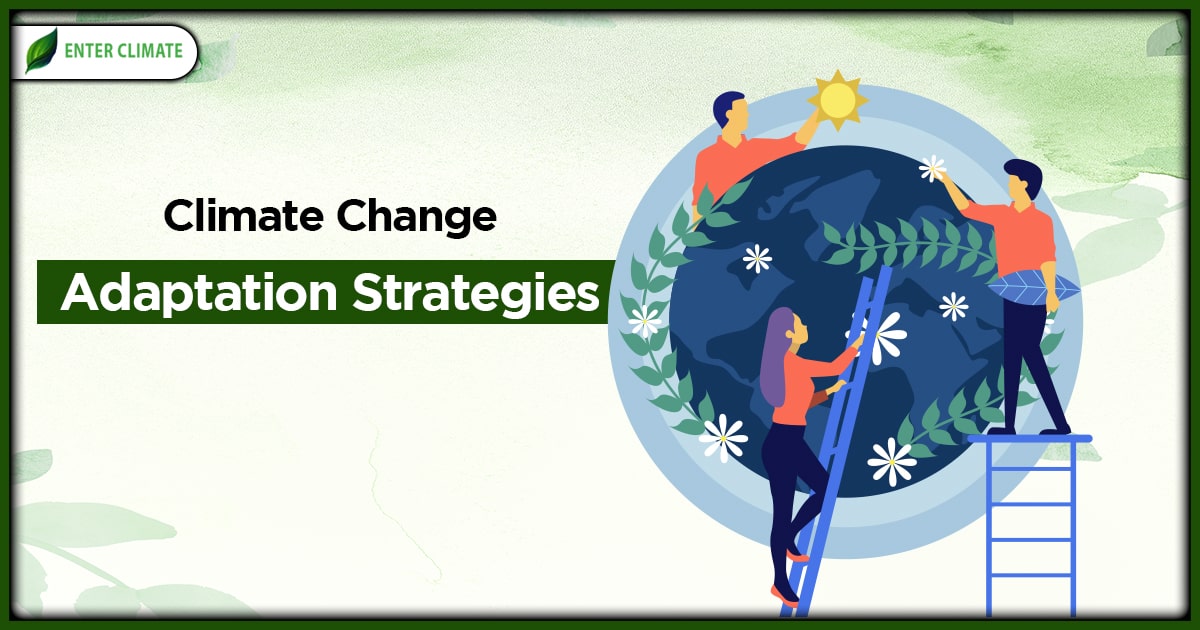Report on Judicial Action Addressing Violence Against Children in Alignment with Sustainable Development Goals
Case Summary and Judicial Outcome
A judicial case concluded on June 30, 2025, has direct implications for the advancement of several United Nations Sustainable Development Goals (SDGs). The case involved Ethan Schnitker, 41, who was sentenced in federal court for Abusive Sexual Contact with a minor. The incident occurred on October 3, 2021, within the Rosebud Sioux Indian Reservation, a location that underscores the importance of protecting vulnerable populations.
- Defendant: Ethan Schnitker
- Conviction: Abusive Sexual Contact
- Sentence:
- Two years in federal prison
- Five years of supervised release
- $100 special assessment to the Federal Crime Victims Fund
- Plea Date: March 13, 2025
Alignment with SDG 16: Peace, Justice and Strong Institutions
This case serves as a critical example of national institutions working to uphold justice and protect children, directly supporting the targets of SDG 16.
- Target 16.2 (End abuse, exploitation, trafficking and all forms of violence against and torture of children): The prosecution and conviction of an individual responsible for sexual abuse of a minor is a direct action toward achieving this target. The case was handled under Project Safe Childhood, a Department of Justice initiative specifically designed to combat child sexual exploitation.
- Target 16.3 (Promote the rule of law… and ensure equal access to justice for all): The legal process, from the federal grand jury indictment in May 2023 to the final sentencing, demonstrates the application of the rule of law to provide justice for a child victim.
- Target 16.A (Strengthen relevant national institutions): The successful outcome was the result of a coordinated effort between multiple institutions, including the FBI, the Rosebud Sioux Tribe Law Enforcement Services, and the U.S. Attorney’s Office, highlighting inter-agency cooperation to combat crime.
Implications for Other Sustainable Development Goals
The resolution of this case also intersects with other fundamental SDGs aimed at creating an equitable and healthy society.
- SDG 5 (Gender Equality): By prosecuting sexual violence, the justice system works to eliminate all forms of violence against women and girls (Target 5.2), who are disproportionately affected by such crimes.
- SDG 3 (Good Health and Well-being): Holding perpetrators accountable is a key step in creating safe environments that are essential for the physical, mental, and emotional well-being of children.
- SDG 10 (Reduced Inequalities): The crime occurred within an Indigenous community. Ensuring access to justice for members of the Rosebud Sioux Indian Reservation is vital for reducing inequalities and protecting the rights of marginalized and vulnerable groups (Target 10.2).
1. Which SDGs are addressed or connected to the issues highlighted in the article?
The article on the sentencing for abusive sexual contact on the Rosebud Sioux Indian Reservation directly addresses and connects to several Sustainable Development Goals (SDGs). These goals focus on justice, ending violence, and ensuring well-being, particularly for vulnerable groups like children and indigenous communities.
-
SDG 16: Peace, Justice and Strong Institutions
This is the most prominent SDG in the article. The entire narrative revolves around the justice system’s response to a violent crime. It details the investigation, indictment, conviction, and sentencing of a perpetrator, showcasing the function of legal institutions to uphold the rule of law and combat violence.
-
SDG 5: Gender Equality
While the victim’s gender is not explicitly stated, sexual violence is a key issue addressed under SDG 5, which aims to eliminate all forms of violence against women and girls. The crime of “Abusive Sexual Contact” against a minor falls squarely within the scope of ending violence and sexual exploitation against girls.
-
SDG 3: Good Health and Well-being
Sexual abuse has profound and lasting negative impacts on a victim’s physical, mental, and emotional well-being. The act of violence described in the article is a direct assault on the minor victim’s health and safety, connecting the issue to the goal of ensuring healthy lives and promoting well-being for all.
2. What specific targets under those SDGs can be identified based on the article’s content?
Based on the issues discussed, several specific SDG targets can be identified:
-
Target 16.2: End abuse, exploitation, trafficking and all forms of violence against and torture of children.
This target is directly addressed. The article’s central theme is the legal consequence of “Abusive Sexual Contact” with a “minor victim.” Furthermore, the case was prosecuted under “Project Safe Childhood,” a nationwide initiative explicitly designed to “combat child sexual exploitation and abuse,” aligning perfectly with the language and intent of this target.
-
Target 16.1: Significantly reduce all forms of violence and related death rates everywhere.
The prosecution and sentencing of an individual for a violent crime like abusive sexual contact is a direct action aimed at holding perpetrators accountable and deterring future violence, thus contributing to the overall reduction of violence in society.
-
Target 16.3: Promote the rule of law at the national and international levels and ensure equal access to justice for all.
The article provides a clear example of the rule of law in action. It describes the entire legal process: investigation by the “FBI and the Rosebud Sioux Tribe Law Enforcement Services,” indictment by a “federal grand jury,” prosecution by an “Assistant U.S. Attorney,” and sentencing by a “U.S. District Court.” This demonstrates the functioning of the justice system to address crimes, particularly those occurring within a vulnerable community on an Indian Reservation.
-
Target 5.2: Eliminate all forms of violence against all women and girls in the public and private spheres, including trafficking and sexual and other types of exploitation.
The crime involved sexual contact with a minor without permission, a clear form of sexual violence and exploitation. The perpetrator was “responsible for the care of the minor,” placing the crime within a private sphere of trust, which is a specific focus of this target.
3. Are there any indicators mentioned or implied in the article that can be used to measure progress towards the identified targets?
The article does not provide broad statistical data but implies several qualitative and quantitative indicators through its specific details:
-
Indicator for Target 16.2:
The existence of national policies and initiatives to protect children is a key measure. The article explicitly mentions “Project Safe Childhood,” a “nationwide initiative launched by the Department of Justice… to combat child sexual exploitation and abuse.” This serves as a direct indicator of institutional commitment.
-
Indicator for Target 16.3:
Progress in promoting the rule of law can be measured by the number of violent crime cases that are successfully investigated, prosecuted, and concluded with a conviction. The article provides a specific instance of this:
- Investigation and prosecution rates: The case was investigated by federal and tribal authorities and prosecuted by the U.S. Attorney’s office.
- Conviction rates for violent crimes: The article states that Ethan Schnitker “was convicted of Abusive Sexual Contact” and “pleaded guilty.”
- Sentencing data: The specific sentence of “two years in federal prison, followed by five years of supervised release” is a data point that can be used as an indicator of justice being served.
-
Indicator for Target 5.2:
An indicator for this target is the “Proportion of women and girls subjected to sexual violence.” While the article only details a single case, this specific incident—a “minor victim” subjected to “sexual contact… without her permission”—represents one data point for this indicator and highlights the justice system’s response to such a case.
4. Create a table with three columns titled ‘SDGs, Targets and Indicators” to present the findings from analyzing the article.
| SDGs | Targets | Indicators (Mentioned or Implied in the Article) |
|---|---|---|
| SDG 16: Peace, Justice and Strong Institutions |
16.1: Significantly reduce all forms of violence.
16.2: End abuse, exploitation, trafficking and all forms of violence against… children. 16.3: Promote the rule of law… and ensure equal access to justice for all. |
– Number of individuals convicted and sentenced for violent crimes (e.g., the conviction and two-year prison sentence of Ethan Schnitker). – Existence of national initiatives to combat child abuse (e.g., “Project Safe Childhood”). – Number of cases of violence against children investigated and prosecuted (e.g., the case investigated by the FBI and Rosebud Sioux Tribe Law Enforcement). – Functioning of the justice system through indictment, plea, and sentencing. |
| SDG 5: Gender Equality | 5.2: Eliminate all forms of violence against all women and girls in the public and private spheres… including sexual… exploitation. |
– Number of reported and prosecuted cases of sexual violence against minors/girls (the specific case of “Abusive Sexual Contact” with a minor victim). – Justice system’s response to violence against girls in the private sphere (the perpetrator was “responsible for the care of the minor”). |
| SDG 3: Good Health and Well-being | 3.4: …promote mental health and well-being. | – The article implies a threat to the victim’s well-being, as sexual abuse is a known cause of severe mental and physical health trauma. The prosecution of such acts is a step toward protecting well-being. |
Source: mykxlg.com







